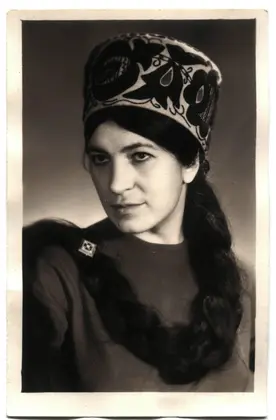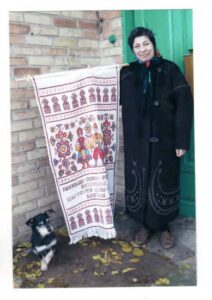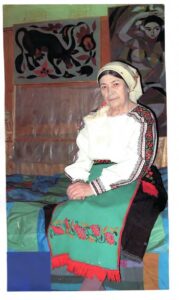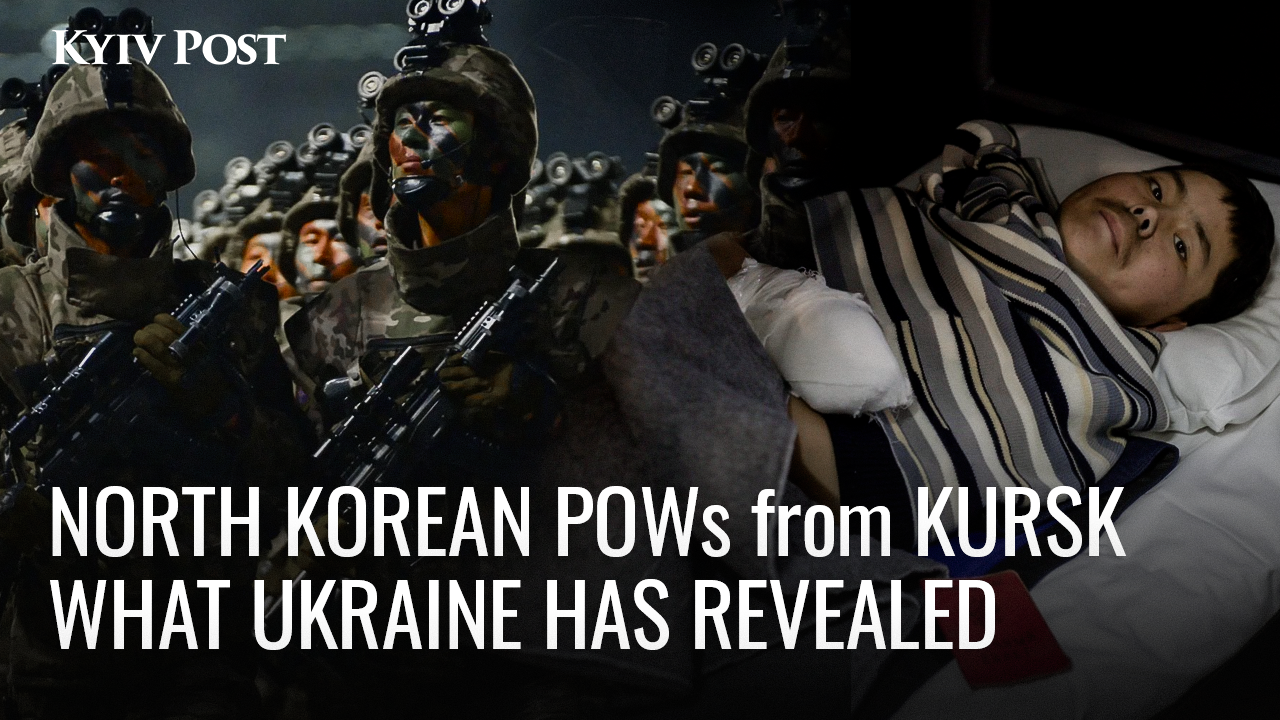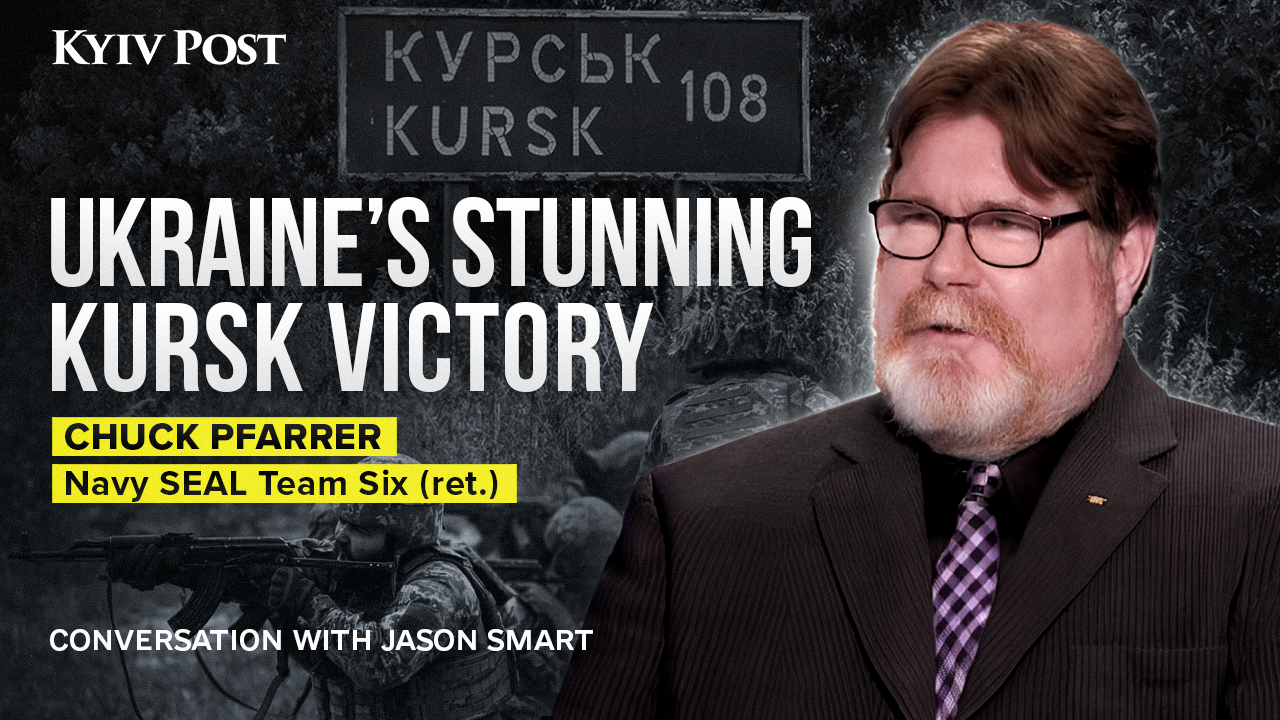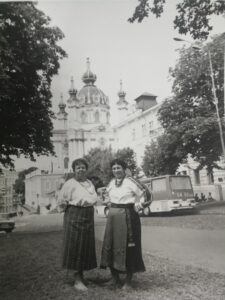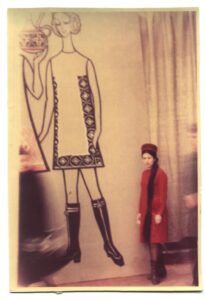Lyubov Panchenko, Ukrainian artist, fashion designer, sixties dissident Vasyl Stus Prize laureate passed away on April 30. She was 84. Her death was announced by the mayor of Bucha, Anatoliy Fedoruk, on Facebook.
“She was one of the patriots of the 1960s who, despite pressure from the Kremlin, developed Ukrainian culture in the face of Soviet censorship. All her works had a pronounced Ukrainian flavor, which was why she was persecuted and her work silenced. Lyubov Panchenko could not be broken by the Soviet KGB, but the artist suffered greatly during the new Russian invasion,” Fedoruk wrote.
- View the latest war in ukraine update in the Kyiv Post’s news stories released today.
- Read the most current Ukraine news stories for today.
JOIN US ON TELEGRAM
Follow our coverage of the war on the @Kyivpost_official.
The 84-years old artist lived all alone during the occupation of Bucha in March. She was taken to hospital in Kyiv on April 2. Her art had been taken to the Museum of the Sixties before the war began.
According to the museum’s curator, Olena Lodzynska, when the occupation of Bucha began she was left all alone without any contact with the outside world or the help necessary for her in everyday life. Once the war began her relatives stopped helping her because they were scared. She did not have a mobile phone. The artist said in hospital: “I don’t want to hear or see Russians.”
According to the few comments she made in hospital, she refused to let Russians into her house. A barn near her house was fired at and destroyed. The doors and windows were damaged by the impact. Her little dog led people to Lyubov’s house once the Russians had left Bucha and Lyubov was treated in hospital.
“In hospital, she had to be drip fed and showed no signs of life. Initially, she couldn’t eat on her own. Then she started to eat a little and speak a little. The artist thanked us for visiting and was very happy to see the flowers we’d brought. I passed on greetings to her from her old friends from the sixties, who couldn’t visit due to various conditions…” Olena Lodzynska told the Kyiv Post. Starvation during the occupation had completely drained her body.
“Lyubov Panchenko was a multi-genre artist. Her first job was sewing work. She worked in the Republic House of models. Her compositions were appreciated as highly artistic and had bright Ukrainian coloring.
Such pieces of art were not popular in the Soviet Union…. Her sketches were presented in close fashion shows to demonstrate that Ukrainian national art was developing freely. As a result, she had to listen the dissatisfied speeches of Ministers and had had to change her style. In turn, she answered that the Minister had to be changed,” Lodzynska underlined.
Lyubov Panchenko is buried in the old Yablusky cemetery in Bucha near her husband, who died in the 1990s.
You can also highlight the text and press Ctrl + Enter


